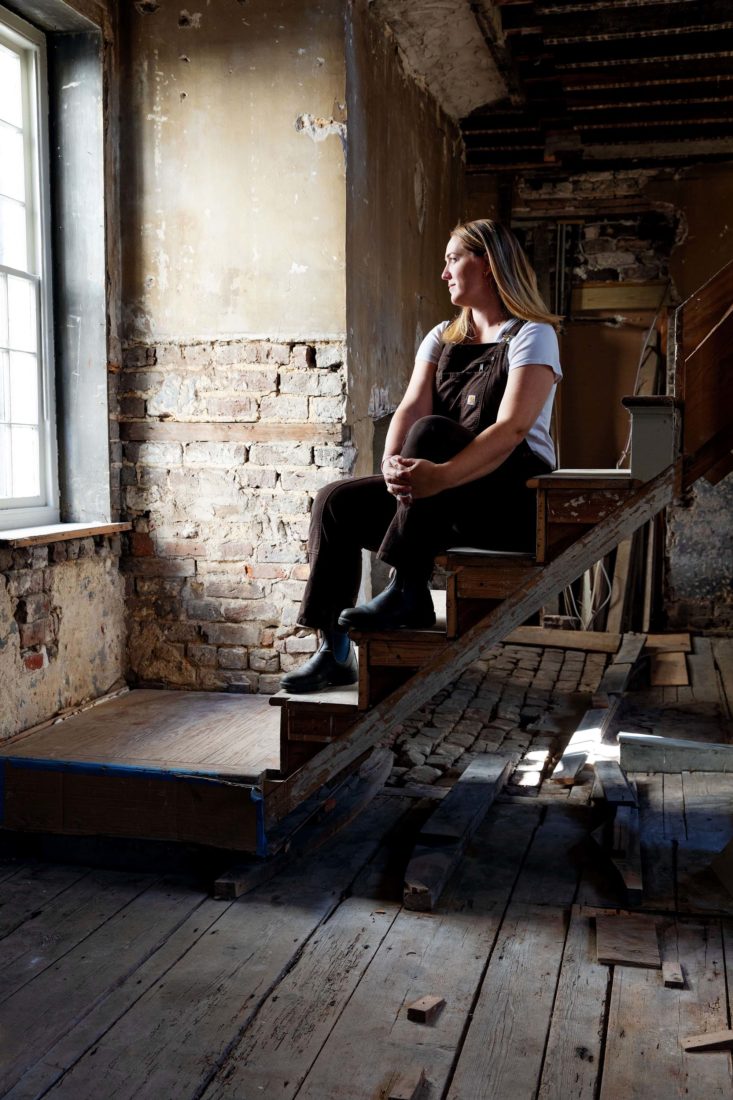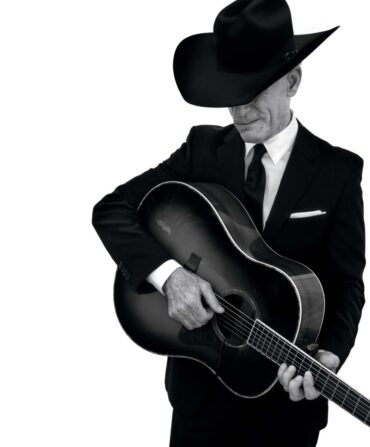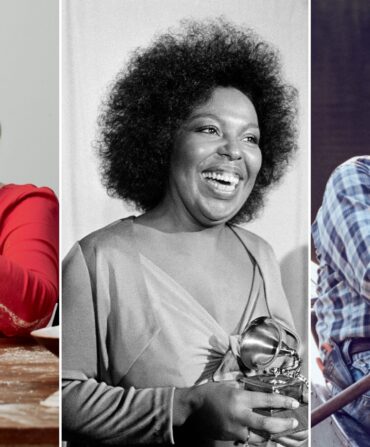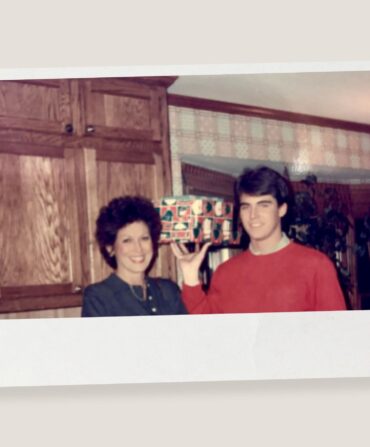Lauren Northup was sitting in her office, on the second floor of an outbuilding of Charleston, South Carolina’s historic Nathaniel Russell House Museum, when a ray of sunshine beamed through a two-hundred-year-old window at her side and settled on the office door. The door was ajar at just the right angle to reveal a hidden secret: Beneath its layers of glossy white acrylic paint, the surface looked just uneven enough to suggest hand-planed planks. Could this door be original? Northup wondered. And if so, what else here was?
The two-story, twelve-hundred-square-foot structure had played many roles over its history—a gift shop, a tenement house, a school for girls—but had originally been built as a kitchen house. Downstairs stood two hearths for preparing food and boiling laundry, and upstairs, a warren of slave quarters. Was there anything inside these walls that could illuminate the lives of the men, women, and children who had lived here—the people whose names had been lost to history?
Northup, whose father is a member of the Manigault family—prominent among the Huguenot founders of Charleston—grew up in Asheville, North Carolina. But it was these types of untold stories that drew her back to Charleston and to a job at the nonprofit Historic Charleston Foundation, which owns and operates the Nathaniel Russell House. Considered one of the most important neoclassical townhouses in America, the house was completed in 1808 for Russell, euphemistically known as an “importer/exporter” and in fact a man who made his fortune in the slave trade.
Susan Buck, a lauded paint analyst and conservator, says that when she first took part in restoring the main house, no one paid much attention to the outbuildings. “Everyone assumed the kitchen house interior was pretty much blown out,” Buck remembers thinking when Northup reached out to her in 2017. But she flew to Charleston from her home in Williamsburg, Virginia, and extracted twenty samples from the woodwork and plaster throughout the house to take back to her lab. “There were an astonishing number of layers,” she recalls. “They were very dirty, grimy, and cracked. Each space had a different palette. I went back to take more samples and got down to the original colored lime wash.”
Northup, who at that time had recently become the foundation’s director of museums, began raising funds to strip off the layers of history, obfuscation, and disinterest in the kitchen house that had muted the voices of the enslaved people who had spent their lives there. Soon, she and her team found “ghosts” in the woodwork that showed the outline of the original staircase—the shadows of its handrail and newel post, the holes for its baluster. Those weren’t the only ghosts. As they prepared to burrow into the plaster walls to expose the hand-hewn laths beneath, the contractor in charge of the restoration, David Hoffman, encouraged Northup to look carefully at the ensuing debris. Or, in the case of what the kitchen house yielded, rats’ nests.
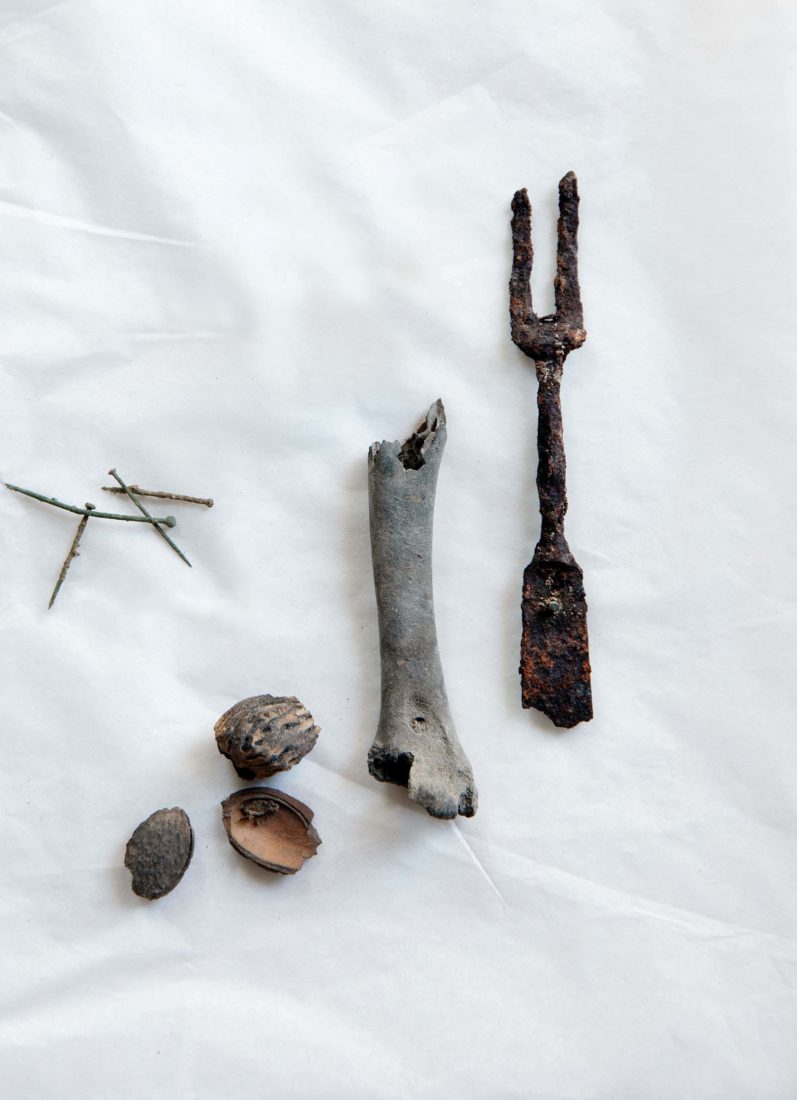
Rats gather anything and everything they can get their claws on, and they are nature’s great bed wetters: Their urine acts as a preservative and can keep bits of paper and fabric from crumbling into dust. The walls, Northup’s team soon discovered, were in fact stuffed with the industry of antebellum rodents. “The second thing we pulled out was a piece of worsted wool with five brass buttons,” Northup recalls. “We suspect it was from the livery waistcoat of an enslaved man. Many households had a different livery, and now we could know what it was here.”
With a permanent chill running along her spine, Northup watched as the restorers discovered thousands of fragments from the daily lives of the people who had lived there—bits of mattress ticking, sewing needles, a piece of newspaper dated to 1839, marbles. “One day we pulled out a fragment of a reading primer with the letters ‘Aa, Bb, Cc.’ We were all crying that day thinking about the implication. Was this an object of resistance or was it condoned by the family?” Another startling discovery: a glass prism, most likely taken from a chandelier, buried in the floorboards. Like quartz crystals discovered in other slave quarters, it was found by a window in the northeast part of the house and likely placed there to summon the protection of ancestral spirits.
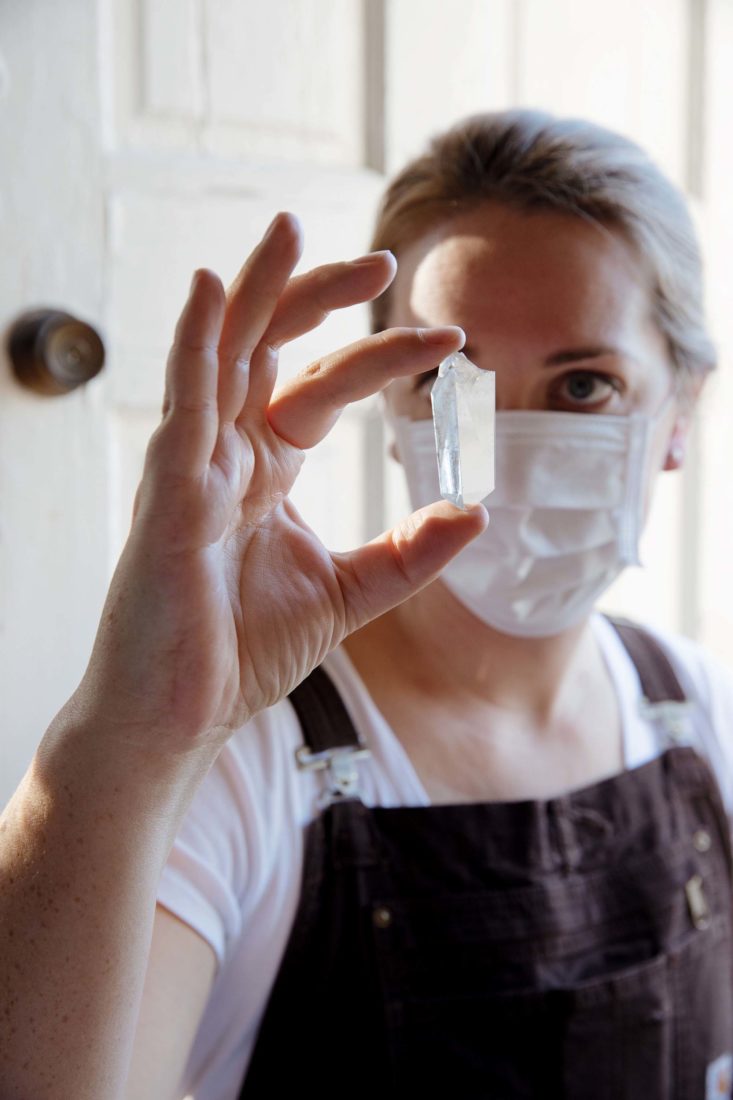
Downstairs by one of the hearths, the rats’ nests contained the remains of “an overwhelming amount of food,” Northup says. “Peanut shells, crab shells, peach pits, watermelon seeds, beef, venison…” All the food remains have been shipped to a lab at the University of Pennsylvania, where researchers are going to spend four years conducting exhaustive testing, including for DNA. “It’s astonishing that we can apply these forensic techniques to understanding Southern foodways,” Northup says. “Lowcountry cuisine started in these houses, in these hearths, by these people from West Africa.”
Beside that same hearth the outline survives of the bake oven that once was there; Northup hopes not only to reconstruct it, but to make it functional. For that she’s brought on the consulting services of Kevin Mitchell, a Charleston-based culinary educator and food historian. While he has studied the foundational texts and knows the recipes, Mitchell says, nothing quite prepared him for the experience of facing that hearth. “Just to look inside it and smell the smoke—you can still smell the smoke!—and wonder what was cooked in there…,” he says, his voice trailing off. “We will figure out how to tell the stories of these people.”
Although only two years have passed since the project began, Northup says, “We now know more about the daily lives of the enslaved people than the white people.” She believes the kitchen house has more potential to shed light on the lives of urban slaves than just about any other historic structure in America. “When you’re enslaved in an urban setting,” she explains, “you’re on call twenty-four hours a day.” She believes the people here led circumscribed lives. “It was all designed as a rabbit warren of tight, dark spaces meant to keep people from socializing, and in a maze consisting solely of this space and the kitchen garden just outside. The whole landscape is the architecture of control.”
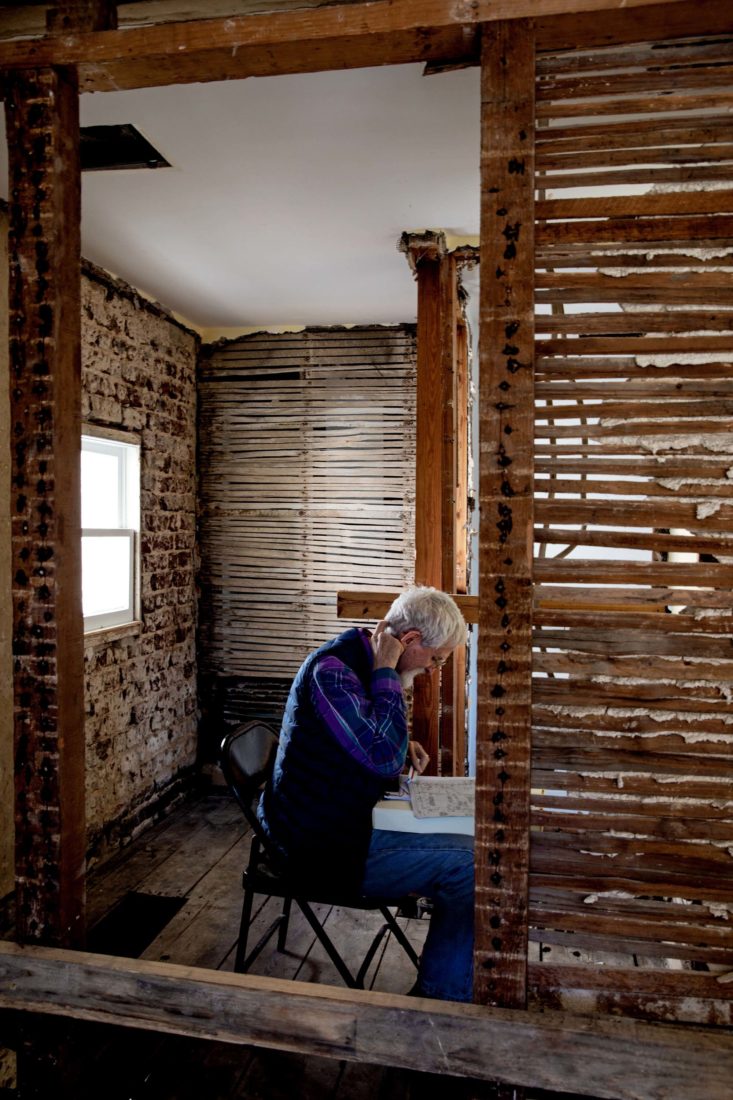
Today the walled garden is solely decorative, with geometric boxwoods, flowering shrubs, and two shady magnolias. Ideally, Northup would like to restore it to its early-nineteenth-century condition, with a vegetable plot, citrus trees, chickens, and a cow. “But I might get run out of town on a rail,” she says with a laugh.
Now that donations have started to snowball, though, she’s thinking big. Could they rebuild the long-gone livery stable with its six slave quarters above? Could Chef Mitchell create historically accurate tastes of food that would compose part of the tour in that new building? Mostly she hopes the Nathaniel Russell House will henceforth tell the story not only of Russell, his wife, and their two daughters, but also of the dozen or so people they forced to keep it running. “What I want people to do is take a minute and try to identify with the people who were held here in bondage,” Northup says. “What does it mean to be enslaved in this space?”
Northup’s mentor when she attended the University of North Carolina, the Southern historian William Ferris, has followed her work avidly and believes it will “have tremendous implications for Charleston and the future of tourism,” he says. His wife, the author and food historian Marcie Cohen Ferris, puts it more poetically. “I just think about all those people who lived in that house with all that complexity,” she says. “They’ve been poking and knocking on those walls for a long time, and it took Lauren to hear them.”
MEET MORE SOUTHERN HEROES
Next: Clay George| Full list: See all 30 heroes


